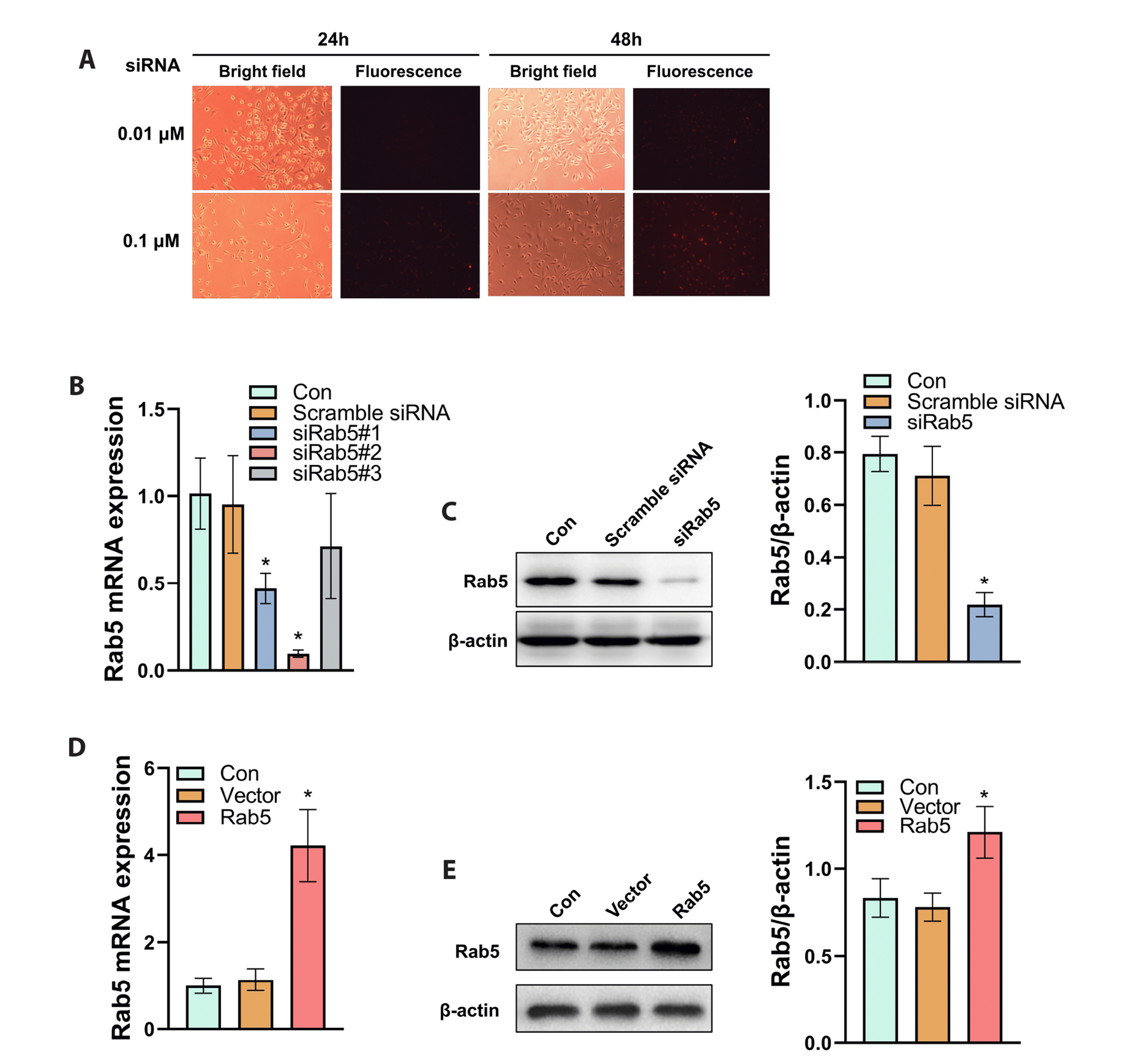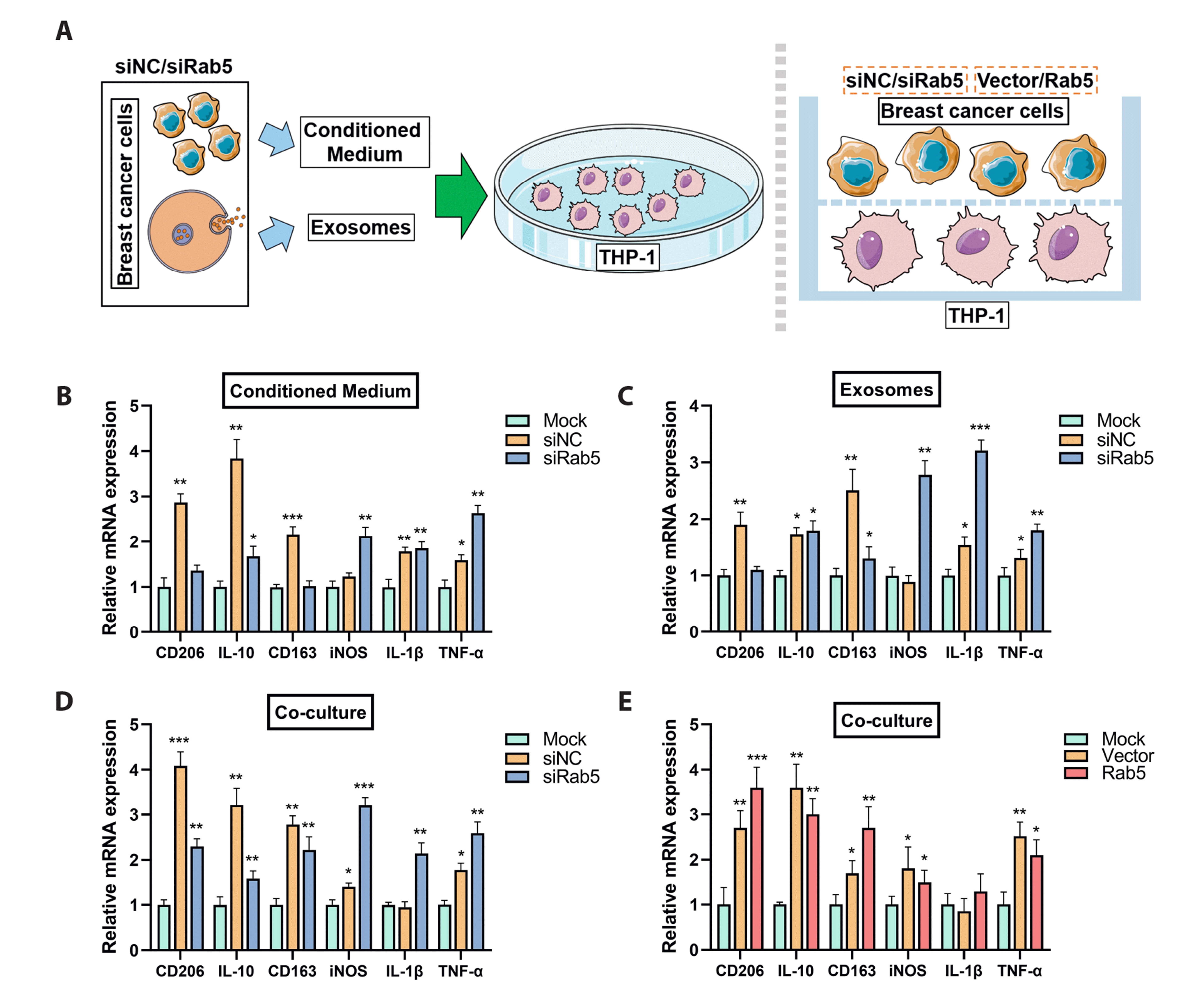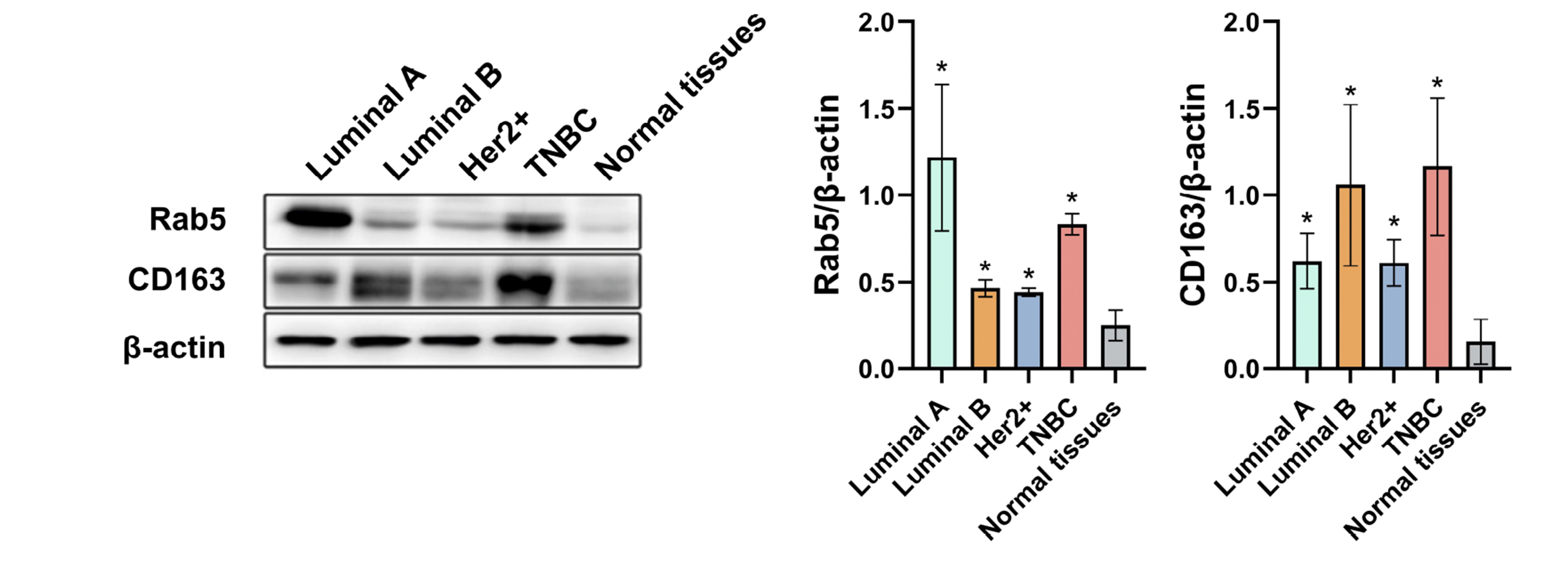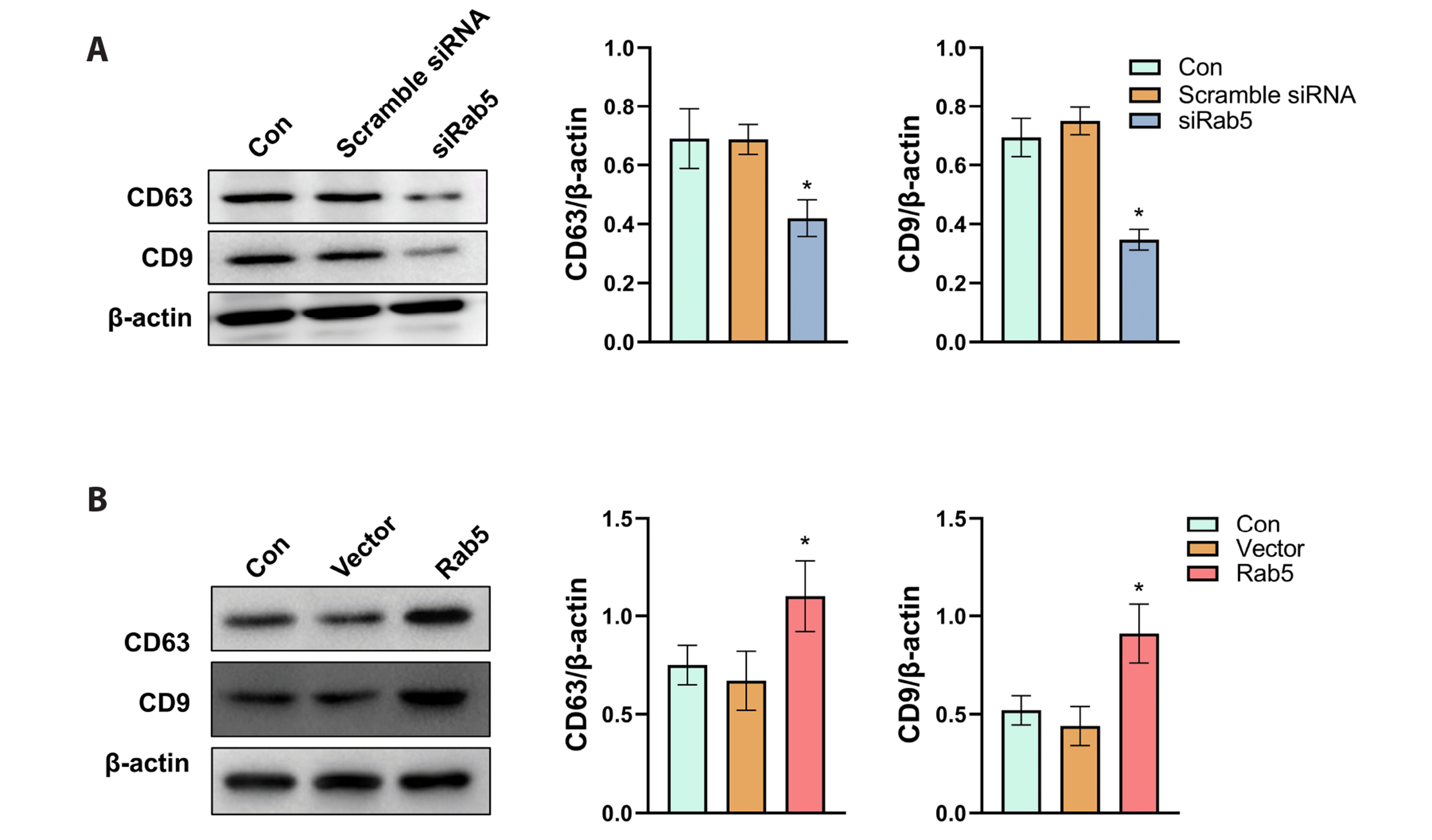1. Zubor P, Kubatka P, Kajo K, Dankova Z, Polacek H, Bielik T, Kudela E, Samec M, Liskova A, Vlcakova D, Kulkovska T, Stastny I, Holubekova V, Bujnak J, Laucekova Z, Büsselberg D, Adamek M, Kuhn W, Danko J, Golubnitschaja O. 2019; Why the gold standard approach by mammography demands extension by multiomics? Application of liquid biopsy miRNA profiles to breast cancer disease management. Int J Mol Sci. 20:2878. DOI:
10.3390/ijms20122878. PMID:
31200461. PMCID:
PMC6627787. PMID:
https://www.scopus.com/inward/record.uri?partnerID=HzOxMe3b&scp=85068141313&origin=inward.

5. Baig MS, Roy A, Rajpoot S, Liu D, Savai R, Banerjee S, Kawada M, Faisal SM, Saluja R, Saqib U, Ohishi T, Wary KK. 2020; Tumor-derived exosomes in the regulation of macrophage polarization. Inflamm Res. 69:435–451. DOI:
10.1007/s00011-020-01318-0. PMID:
32162012. PMID:
https://www.scopus.com/inward/record.uri?partnerID=HzOxMe3b&scp=85081932551&origin=inward.

8. Zeigerer A, Gilleron J, Bogorad RL, Marsico G, Nonaka H, Seifert S, Epstein-Barash H, Kuchimanchi S, Peng CG, Ruda VM, Del Conte-Zerial P, Hengstler JG, Kalaidzidis Y, Koteliansky V, Zerial M. 2012; Rab5 is necessary for the biogenesis of the endolysosomal system in vivo. Nature. 485:465–470. DOI:
10.1038/nature11133. PMID:
22622570. PMID:
https://www.scopus.com/inward/record.uri?partnerID=HzOxMe3b&scp=84861423416&origin=inward.

11. Ostrowski M, Carmo NB, Krumeich S, Fanget I, Raposo G, Savina A, Moita CF, Schauer K, Hume AN, Freitas RP, Goud B, Benaroch P, Hacohen N, Fukuda M, Desnos C, Seabra MC, Darchen F, Amigorena S, Moita LF, Thery C. 2010; Rab27a and Rab27b control different steps of the exosome secretion pathway. Nat Cell Biol. 12:19–30. sup pp 1–13. DOI:
10.1038/ncb2000. PMID:
19966785. PMID:
https://www.scopus.com/inward/record.uri?partnerID=HzOxMe3b&scp=79953136097&origin=inward.

12. Frittoli E, Palamidessi A, Marighetti P, Confalonieri S, Bianchi F, Malinverno C, Mazzarol G, Viale G, Martin-Padura I, Garré M, Parazzoli D, Mattei V, Cortellino S, Bertalot G, Di Fiore PP, Scita G. 2014; A RAB5/RAB4 recycling circuitry induces a proteolytic invasive program and promotes tumor dissemination. J Cell Biol. 206:307–328. DOI:
10.1083/jcb.201403127. PMID:
25049275. PMCID:
PMC4107781. PMID:
https://www.scopus.com/inward/record.uri?partnerID=HzOxMe3b&scp=84904701296&origin=inward.

18. Zhou J, Wang XH, Zhao YX, Chen C, Xu XY, Sun Q, Wu HY, Chen M, Sang JF, Su L, Tang XQ, Shi XB, Zhang Y, Yu Q, Yao YZ, Zhang WJ. 2018; Cancer-associated fibroblasts correlate with tumor-associated macrophages infiltration and lymphatic metastasis in triple negative breast cancer patients. J Cancer. 9:4635–4641. DOI:
10.7150/jca.28583. PMID:
30588247. PMCID:
PMC6299377. PMID:
https://www.scopus.com/inward/record.uri?partnerID=HzOxMe3b&scp=85059301446&origin=inward.

19. Zhao S, Mi Y, Guan B, Zheng B, Wei P, Gu Y, Zhang Z, Cai S, Xu Y, Li X, He X, Zhong X, Li G, Chen Z, Li D. 2020; Tumor-derived exosomal miR-934 induces macrophage M2 polarization to promote liver metastasis of colorectal cancer. J Hematol Oncol. 13:156. Erratum in:
J Hematol Oncol. 2021;14:33. DOI:
10.1186/s13045-021-01042-0. PMID:
33618743. PMCID:
PMC7901099. PMID:
9031db18aa254d48a7fb7a969f3ec893. PMID:
https://www.scopus.com/inward/record.uri?partnerID=HzOxMe3b&scp=85101278939&origin=inward.

24. Logozzi M, De Milito A, Lugini L, Borghi M, Calabrò L, Spada M, Perdicchio M, Marino ML, Federici C, Iessi E, Brambilla D, Venturi G, Lozupone F, Santinami M, Huber V, Maio M, Rivoltini L, Fais S. 2009; High levels of exosomes expressing CD63 and caveolin-1 in plasma of melanoma patients. PLoS One. 4:e5219. DOI:
10.1371/journal.pone.0005219. PMID:
19381331. PMCID:
PMC2667632. PMID:
777e9b167fd447db947c5d1cba838ee7. PMID:
https://www.scopus.com/inward/record.uri?partnerID=HzOxMe3b&scp=65449117971&origin=inward.

27. Neve RM, Chin K, Fridlyand J, Yeh J, Baehner FL, Fevr T, Clark L, Bayani N, Coppe JP, Tong F, Speed T, Spellman PT, DeVries S, Lapuk A, Wang NJ, Kuo WL, Stilwell JL, Pinkel D, Albertson DG, Waldman FM, et al. 2006; A collection of breast cancer cell lines for the study of functionally distinct cancer subtypes. Cancer Cell. 10:515–527. DOI:
10.1016/j.ccr.2006.10.008. PMID:
17157791. PMCID:
PMC2730521. PMID:
https://www.scopus.com/inward/record.uri?partnerID=HzOxMe3b&scp=33845209913&origin=inward.

39. Camussi G, Deregibus MC, Bruno S, Grange C, Fonsato V, Tetta C. 2011; Exosome/microvesicle-mediated epigenetic reprogramming of cells. Am J Cancer Res. 1:98–110. PMID:
21969178. PMCID:
PMC3180104.






 PDF
PDF Citation
Citation Print
Print





 XML Download
XML Download